SKF’s Turbocharger Ball Bearing Unit boosts engine efficiency, saves fuel and cuts C02 emissions
29th November 2010
Source:
SKF (U.K.) Limited
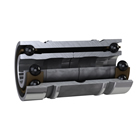
SKF, has developed an innovative new ball bearing unit to improve the performance of turbochargers, cutting fuel consumption by up to 2% and reducing C02 emissions by 3%, by comparison with traditional plain bearing systems. Ideal for use in a wide range of applications across industry, including in the car, truck, marine, energy, construction and agricultural sectors, the Turbocharger Ball Bearing Unit is set to become an indispensable tool in the effort to cut fuel consumption and improve overall engine performance.
The worldwide turbocharger market is expected to grow from about 12 million units in 2009 to 18 million by 2012, with further steady increases predicted in the years that follow. Driven by both end user and legislation demands for more environmentally friendly engines, the introduction of superior efficiency ball bearing units looks set to be a growing trend for engine designers.
With a minimum number of components, the robust and compact Turbocharger Ball Bearing Unit is easy to assemble, to reduce installation time and costs. This customised, super precision product uses a double row ball bearing design to minimize frictional losses and ensure higher running accuracy than conventional plain bearing units, and also reduces turbo lag at low speeds.
Furthermore, the unit incorporates wear resistant ceramic rolling elements that can function at high temperatures and under poor lubrication conditions to generate lower centrifugal loads at high speeds, while also being able to withstand high thrust loads to maximise pressure boost. In addition, the Turbocharger Ball Bearing Unit uses advanced technologies and materials, such as aerospace standard steel and a reinforced steel and polymer cage design for optimum durability. This innovative design also minimizes noise, improves accuracy and allows integrated damper and anti-rotation features to be added.
Edward Holweg, Director of Product and Systems Development for SKF’s Automotive Division, said, “To help our customers meet emissions targets, SKF is committed to initiating a technology change, replacing plain bearings with ball bearings in turbochargers. The development has been carried out using Design for Six Sigma tools. Using our extensive bearing knowledge and advanced application engineering software, we have now become a key partner for our customers in the design of rotor systems for turbochargers.”
With a minimum number of components, the robust and compact Turbocharger Ball Bearing Unit is easy to assemble, to reduce installation time and costs. This customised, super precision product uses a double row ball bearing design to minimize frictional losses and ensure higher running accuracy than conventional plain bearing units, and also reduces turbo lag at low speeds.
Furthermore, the unit incorporates wear resistant ceramic rolling elements that can function at high temperatures and under poor lubrication conditions to generate lower centrifugal loads at high speeds, while also being able to withstand high thrust loads to maximise pressure boost. In addition, the Turbocharger Ball Bearing Unit uses advanced technologies and materials, such as aerospace standard steel and a reinforced steel and polymer cage design for optimum durability. This innovative design also minimizes noise, improves accuracy and allows integrated damper and anti-rotation features to be added.
Edward Holweg, Director of Product and Systems Development for SKF’s Automotive Division, said, “To help our customers meet emissions targets, SKF is committed to initiating a technology change, replacing plain bearings with ball bearings in turbochargers. The development has been carried out using Design for Six Sigma tools. Using our extensive bearing knowledge and advanced application engineering software, we have now become a key partner for our customers in the design of rotor systems for turbochargers.”
Similar articles
More from SKF (U.K.) Limited
- Cooper Roller Bearings now known as SKF Cooper split bearings 22nd January 2018
- Meeting the needs of agriculture 6th November 2017
- SKF supplies Jeep Compass with wheel hub bearings 25th October 2017
- Magnetic bearing tuning service offers customers greater control 23rd October 2017

-(1)ed.jpg)
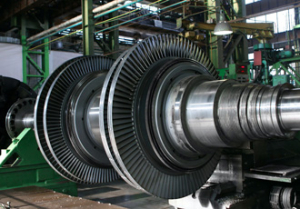
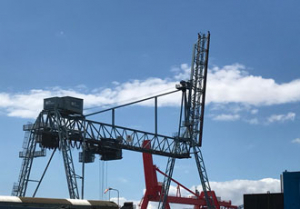

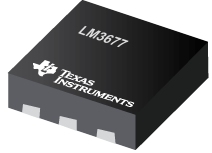


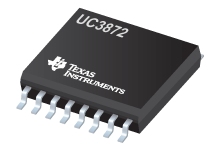
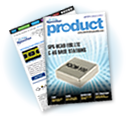
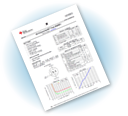

Write a comment
No comments